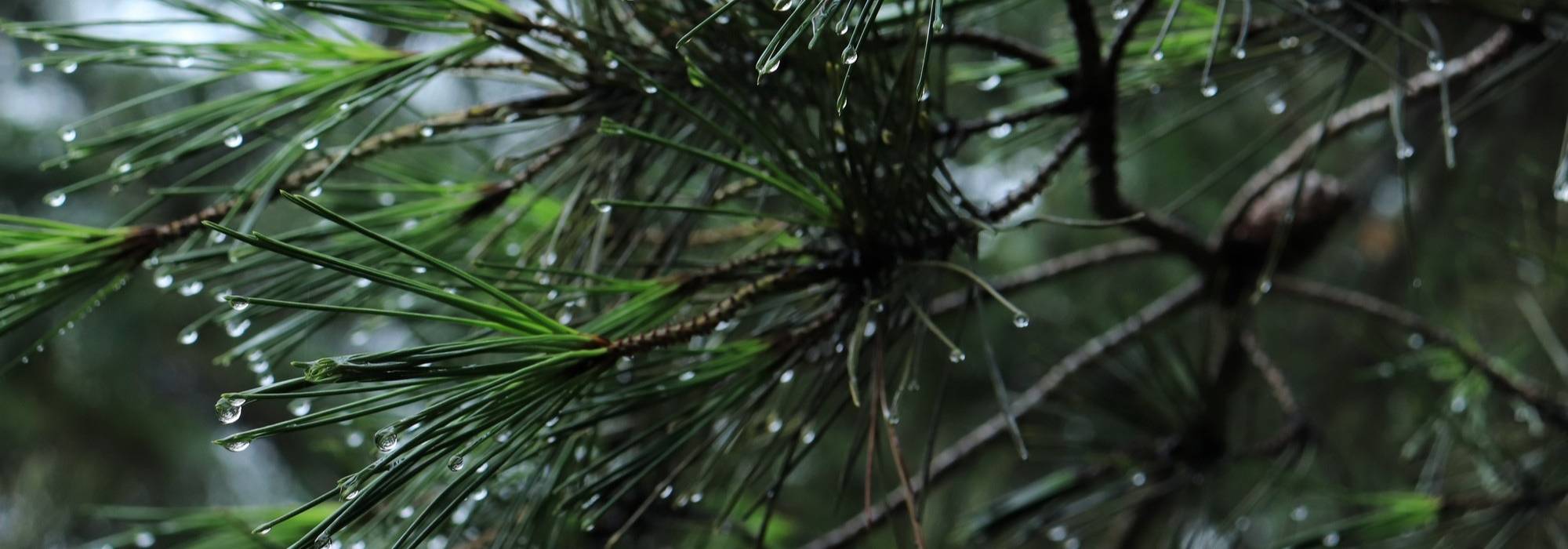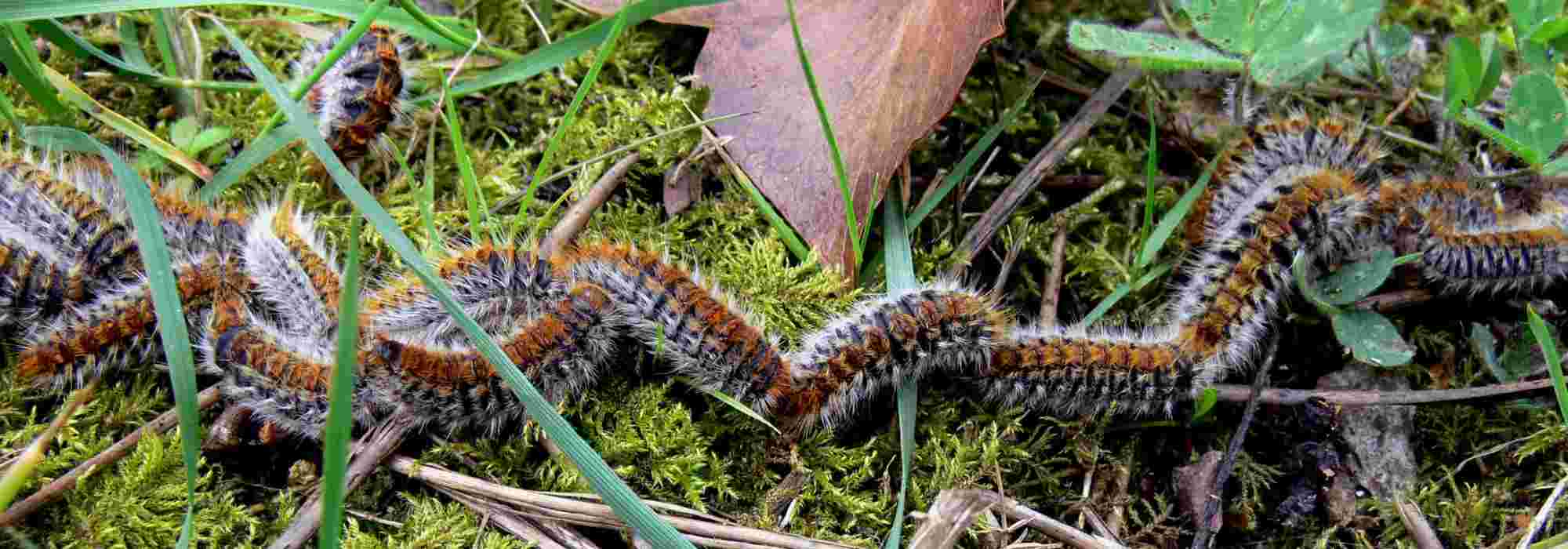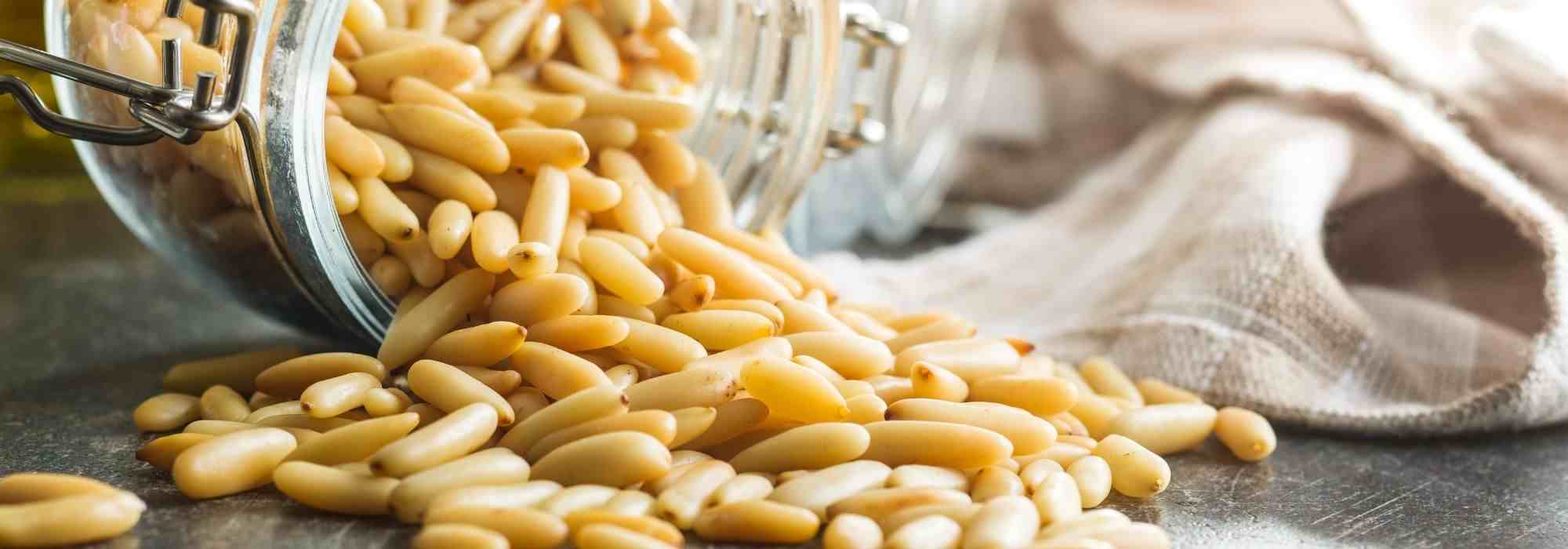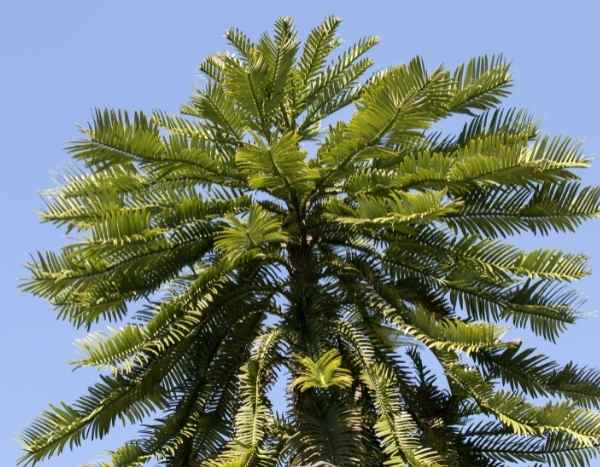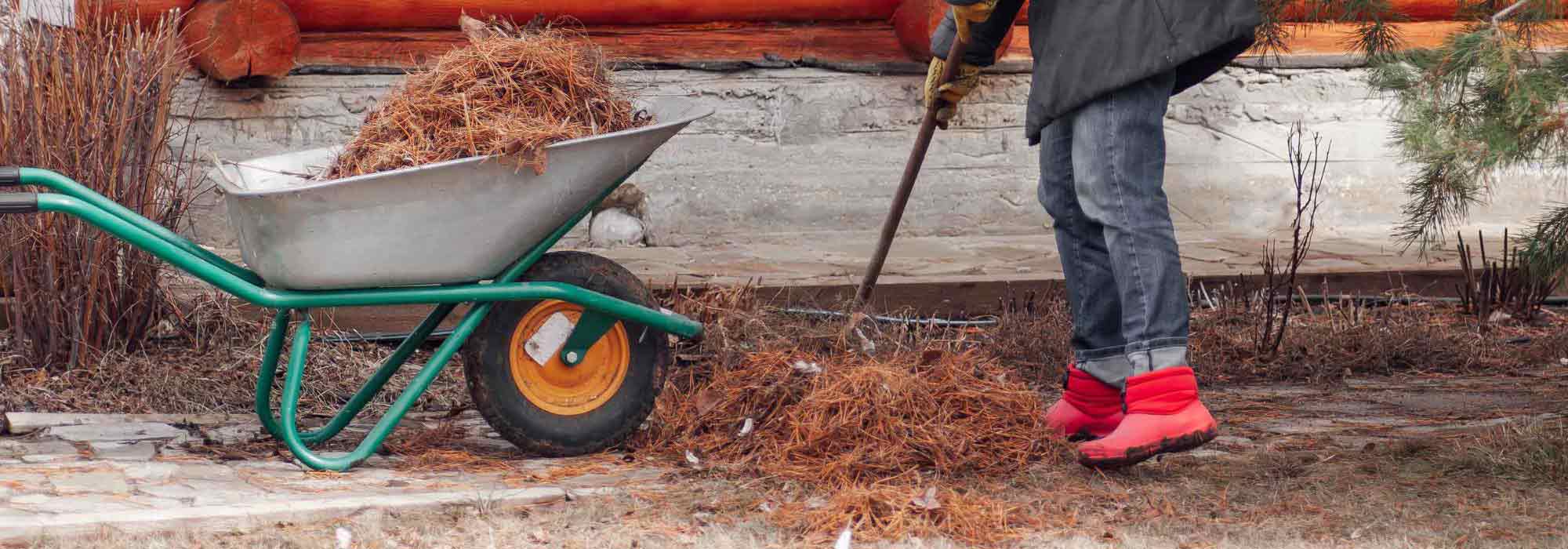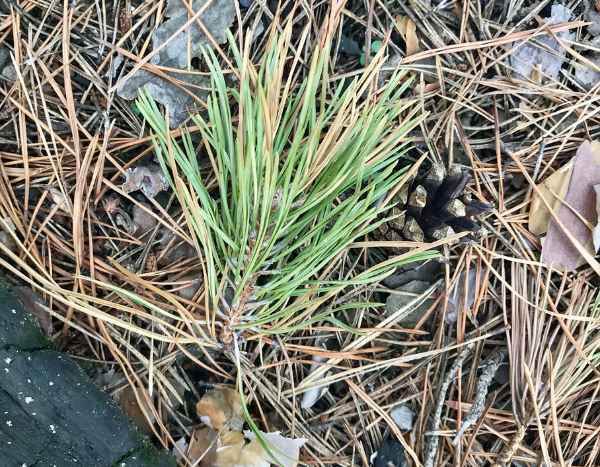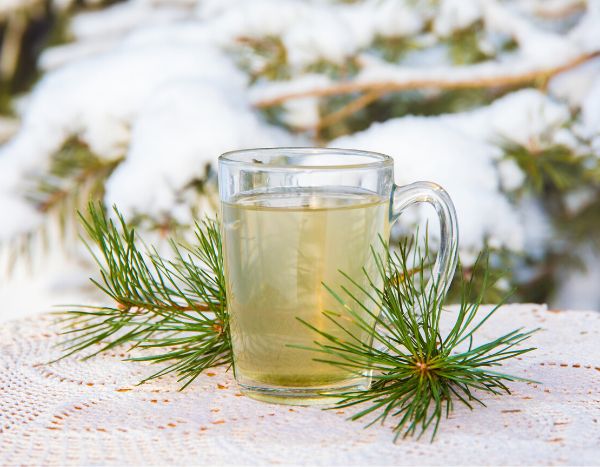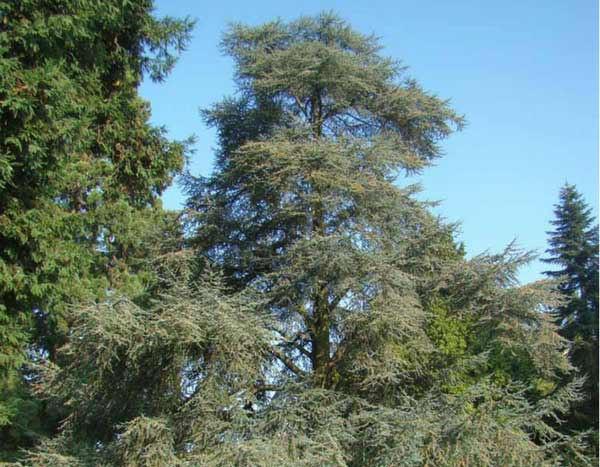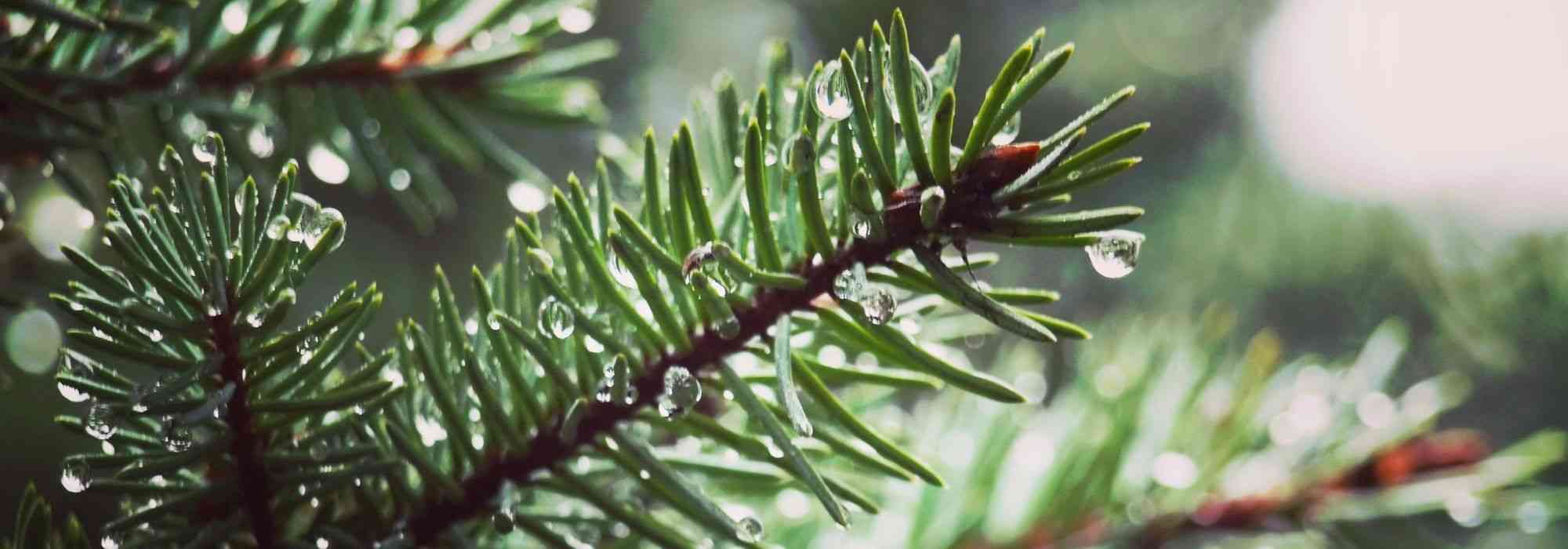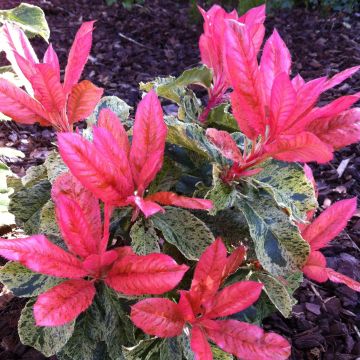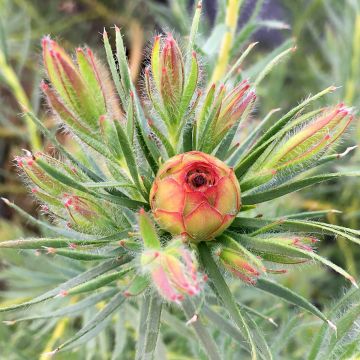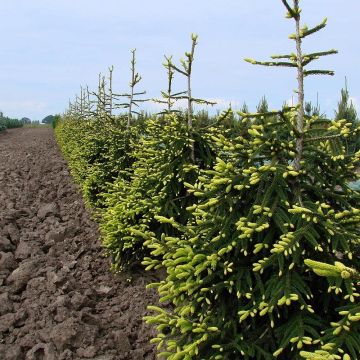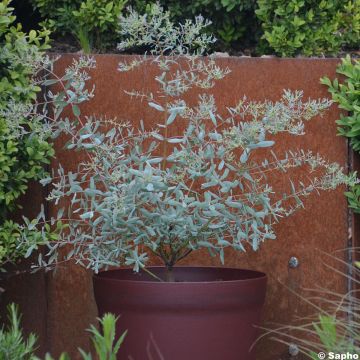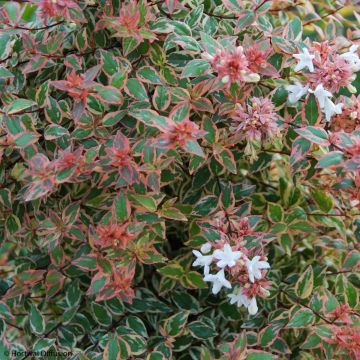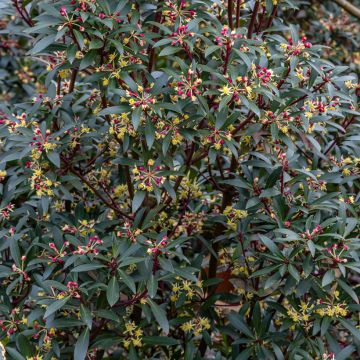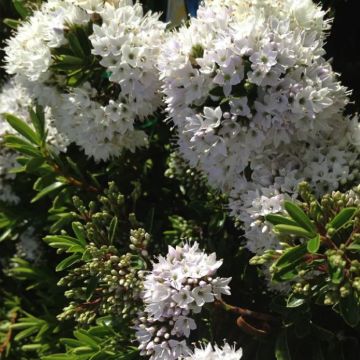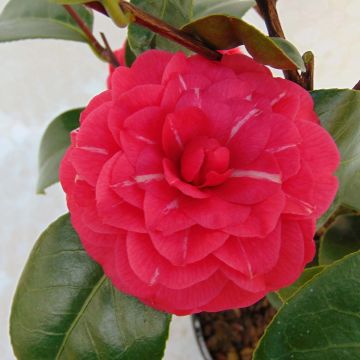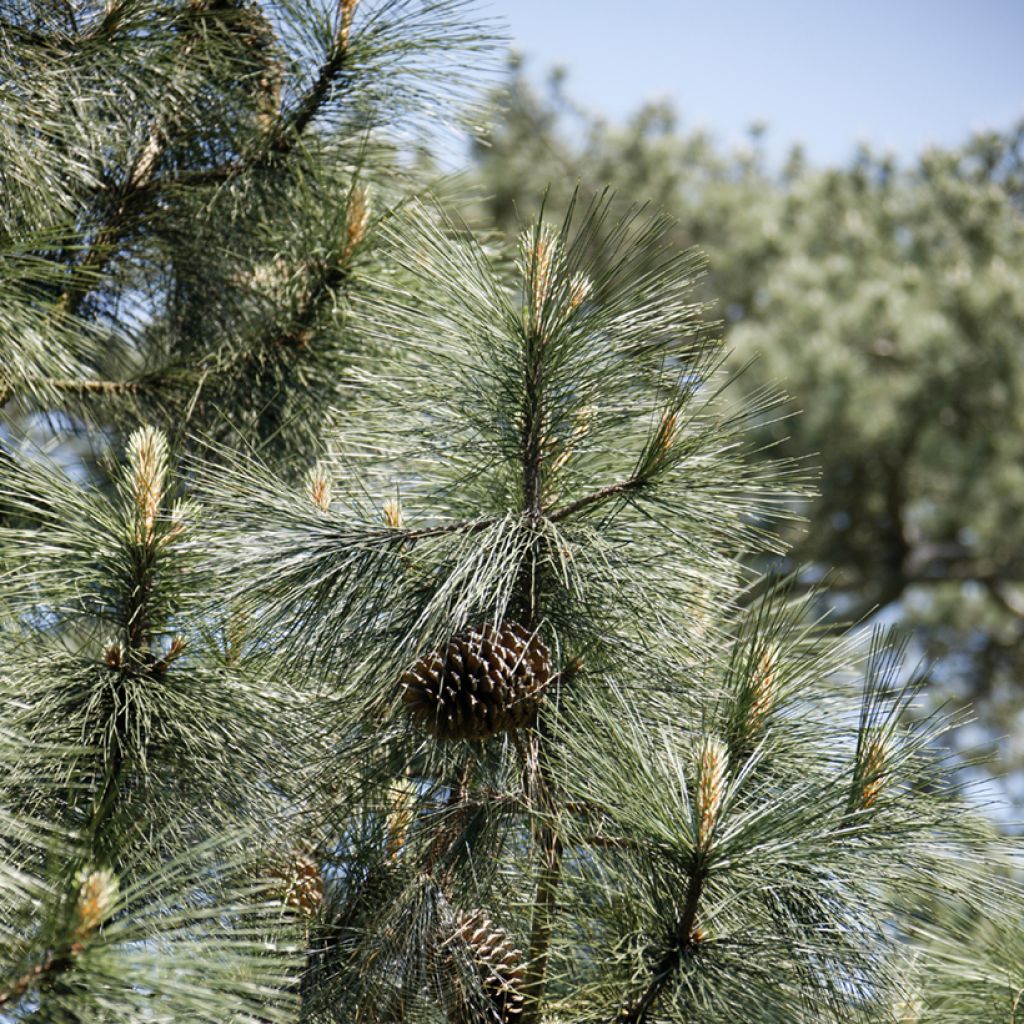

Pinus jeffreyi - Jeffrey's pine
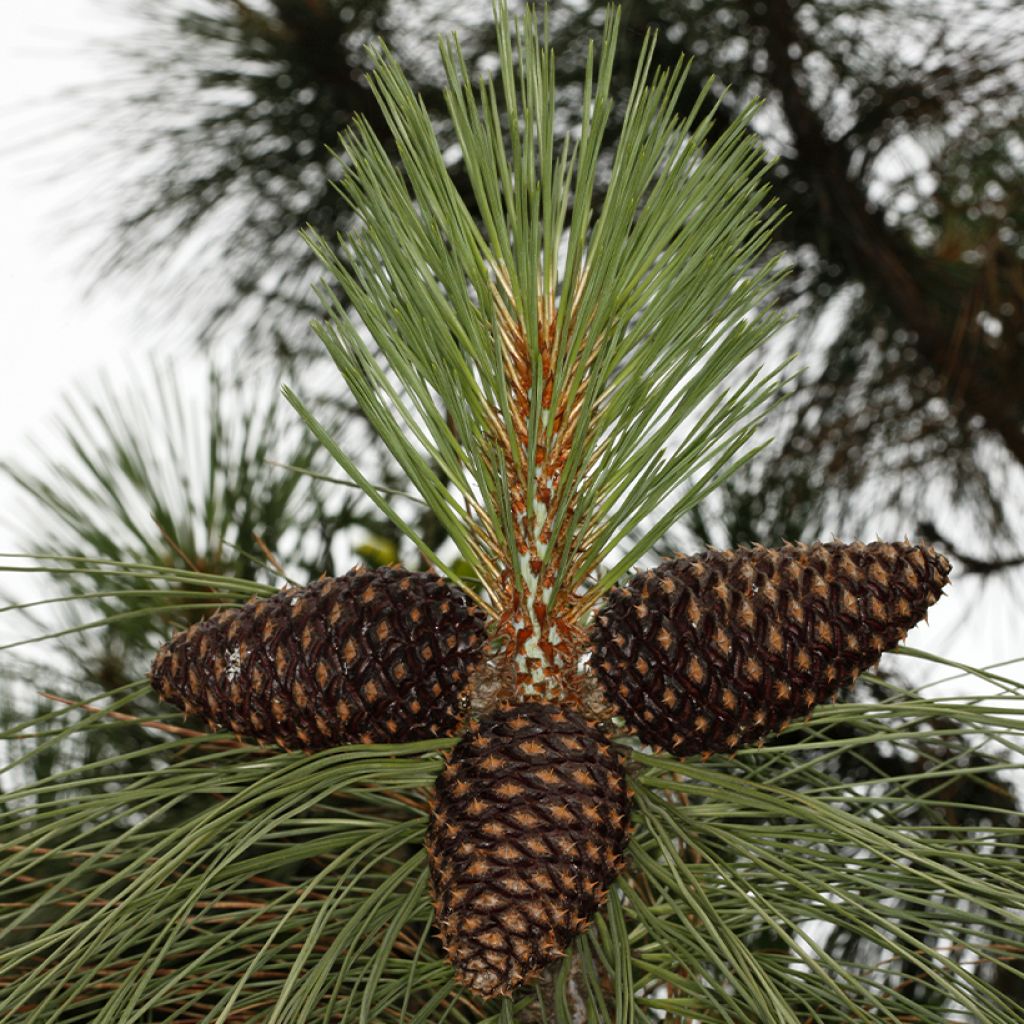

Pinus jeffreyi - Jeffrey's pine
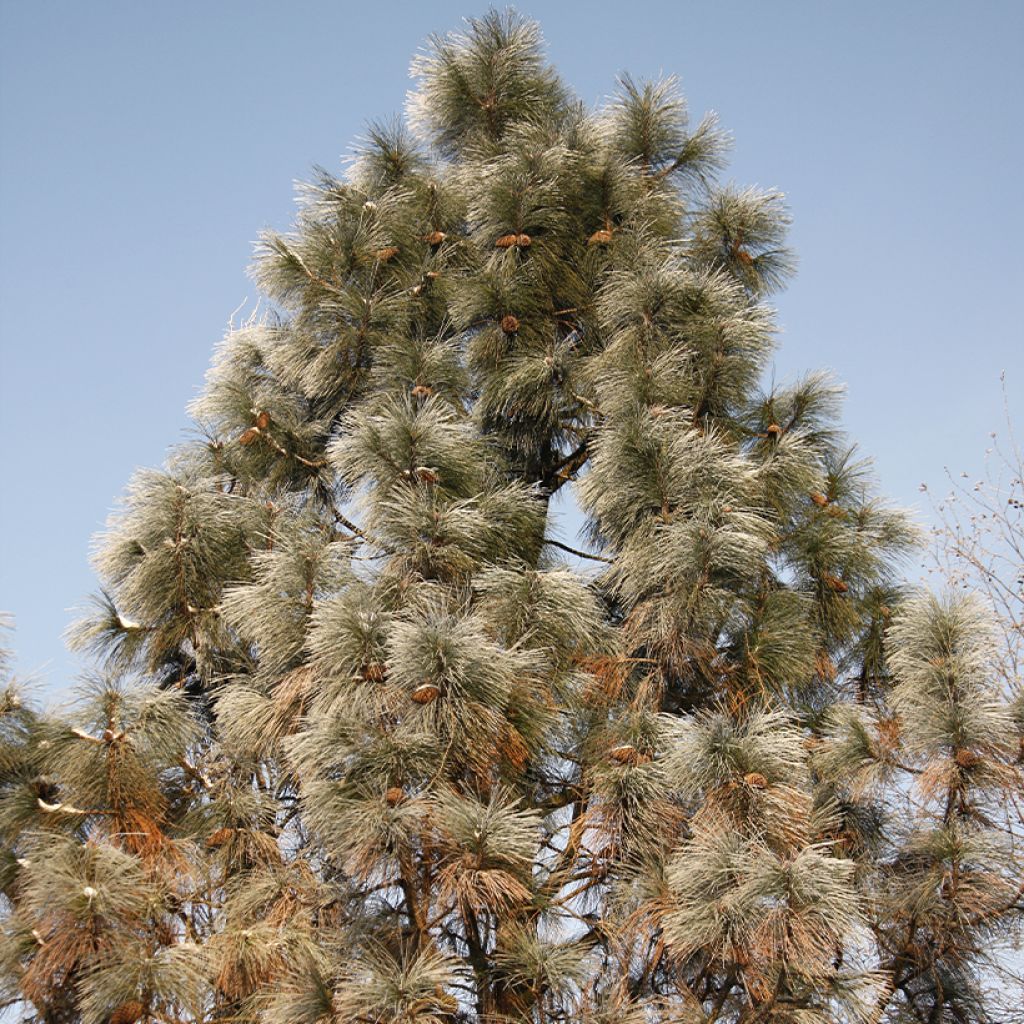

Pinus jeffreyi - Jeffrey's pine
Pinus jeffreyi - Jeffrey's pine
Pinus jeffreyi
Jeffrey pine, Jeffrey's pine, Yellow pine, Black pine
Special offer!
Receive a €20 voucher for any order over €90 (excluding delivery costs, credit notes, and plastic-free options)!
1- Add your favorite plants to your cart.
2- Once you have reached €90, confirm your order (you can even choose the delivery date!).
3- As soon as your order is shipped, you will receive an email containing your voucher code, valid for 3 months (90 days).
Your voucher is unique and can only be used once, for any order with a minimum value of €20, excluding delivery costs.
Can be combined with other current offers, non-divisible and non-refundable.
Home or relay delivery (depending on size and destination)
Schedule delivery date,
and select date in basket
This plant carries a 24 months recovery warranty
More information
We guarantee the quality of our plants for a full growing cycle, and will replace at our expense any plant that fails to recover under normal climatic and planting conditions.
Would this plant suit my garden?
Set up your Plantfit profile →
Description
Pinus jeffreyi, Jeffrey's pine is a large conifer, rare in cultivation and endemic to the mountains of the Southwestern USA. It develops a robust and very straight trunk, covered with thick, deeply furrowed bark, of a beige colour, which exudes a scent of lemon or vanilla depending on the season. Its conical crown rounds out over time. This pine bears beautiful grey-blue-green foliage composed of long needles. Its requirements are clear: it does not tolerate soils rich in organic matter (humus) and poorly drained soils.
Pinus jeffreyi is an evergreen conifer of the pine family. It is a botanical species found in the extreme Southwest of Oregon, north and east of California, along the Sierra Nevada, becoming rarer from the north of Baja California to Mexico. This mountain pine mainly grows between 1100 and 3000 m in altitude. It thrives in soils poor in organic matter and very well-drained. In the wild, it grows on dry rocky slopes. Its distribution area overlaps with that of the Sugar Pine (Pinus lambertiana).
Jeffrey's pine shows slow growth. This tree can reach 60 m in height in its habitat, with a trunk measuring 60 cm to 1.20 m in diameter. In Europe, it often reaches a height of 25-30 m. Its trunk is straight, supporting a conical crown that rounds out with age. The bark on the trunk is thick and furrowed, forming large irregular plates. It is brown-yellow to beige and gives off a scent of vanilla or lemon depending on the season. The branches are quite spreading and ascending and bear vigorous, brown-purple twigs which become rough with age. The buds are ovoid, non-resinous, bronze to pale brown-red. The needles, grouped in threes, persist for 4 to 6 years before falling. They measure 12 to 25 cm long by 1.5 to 2 mm wide and are slightly twisted. They are grey-blue-green to yellow-green, with stomatal lines on both sides. Their margin is finely toothed. When crushed, they give off a characteristic petrol smell. Mature specimens produce reproductive organs. The cylindrical and yellowish to purple-brown male cones measure 2.5 to 3.5 cm long. The female cones, maturing in 2 years and falling after seed dispersal, are solitary or in groups of 2 to 3. They are ovoid to slightly conical and measure 15 to 30 cm long. Their colour is a light reddish-brown. They are covered with scales arranged in spirals. The seeds measure 8 to 10 mm long, are brown to grey-brown with darker spots, and are equipped with a 2.5 cm long wing.
This Jeffrey's pine will be magnificent as a standalone specimen or planted in a grove. In a park or a very large garden, it can be associated with other large conifers such as Sequoia sempervirens, Pseudotsuga menziesii (Douglas) or even Abies concolor (White Fir). These species share similar requirements in terms of soil and climate. The architectural qualities of conifers are essential in the design of a contemporary garden, which favours the aesthetics of shapes, silhouettes, and textures over blooms. These plants with reassuring permanence can structure a border, mark pathways and enhance the garden in winter. The key is to play with volumes and colours.
Pinus jeffreyi - Jeffrey's pine in pictures
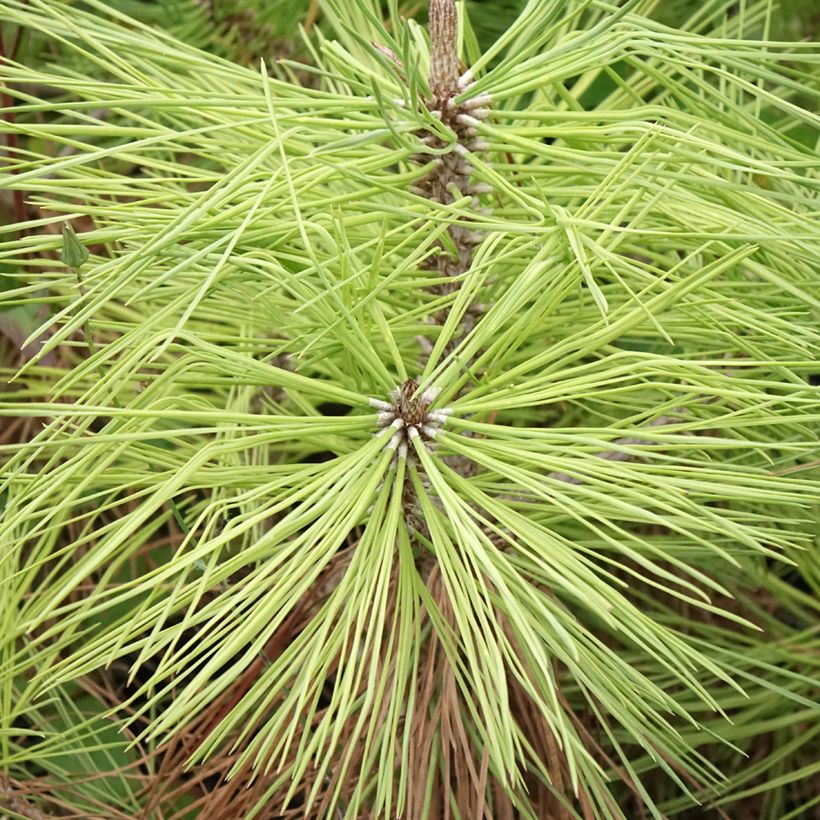

Plant habit
Flowering
Foliage
Botanical data
Pinus
jeffreyi
Pinaceae
Jeffrey pine, Jeffrey's pine, Yellow pine, Black pine
Pinus deflexa, Pinus jeffreyana, Pinus malletii, Pinus peninsularis, Pinus ponderosa subsp. jeffreyi, Pinus ponderosa var. malletii
North America
Planting and care
Plant Pinus jeffreyi from September to November and from February to May in light, very well-drained soil, even poor, sandy or rocky. Avoid distinctly calcareous soils. Young plants are sensitive to severe frosts (-8°C and below repeatedly), as well as cryptogamic diseases induced by a substrate too rich in compost and too often moist. Choose a sunny location, taking into account its future growth. Stake the young plants. Soak the root balls well before planting. Avoid organic amendments. Water regularly for the first two years, and in case of prolonged drought. In very poor soil, possibly apply a special mineral fertiliser for conifers every year in April. Once well established, this conifer can withstand temperatures down to -20°C. It dislikes waterlogged soils in winter, as well as summer heatwaves.
Planting period
Intended location
Care
Planting & care advice
This item has not been reviewed yet - be the first to leave a review about it.
Similar products
Haven't found what you were looking for?
Hardiness is the lowest winter temperature a plant can endure without suffering serious damage or even dying. However, hardiness is affected by location (a sheltered area, such as a patio), protection (winter cover) and soil type (hardiness is improved by well-drained soil).

Photo Sharing Terms & Conditions
In order to encourage gardeners to interact and share their experiences, Promesse de fleurs offers various media enabling content to be uploaded onto its Site - in particular via the ‘Photo sharing’ module.
The User agrees to refrain from:
- Posting any content that is illegal, prejudicial, insulting, racist, inciteful to hatred, revisionist, contrary to public decency, that infringes on privacy or on the privacy rights of third parties, in particular the publicity rights of persons and goods, intellectual property rights, or the right to privacy.
- Submitting content on behalf of a third party;
- Impersonate the identity of a third party and/or publish any personal information about a third party;
In general, the User undertakes to refrain from any unethical behaviour.
All Content (in particular text, comments, files, images, photos, videos, creative works, etc.), which may be subject to property or intellectual property rights, image or other private rights, shall remain the property of the User, subject to the limited rights granted by the terms of the licence granted by Promesse de fleurs as stated below. Users are at liberty to publish or not to publish such Content on the Site, notably via the ‘Photo Sharing’ facility, and accept that this Content shall be made public and freely accessible, notably on the Internet.
Users further acknowledge, undertake to have ,and guarantee that they hold all necessary rights and permissions to publish such material on the Site, in particular with regard to the legislation in force pertaining to any privacy, property, intellectual property, image, or contractual rights, or rights of any other nature. By publishing such Content on the Site, Users acknowledge accepting full liability as publishers of the Content within the meaning of the law, and grant Promesse de fleurs, free of charge, an inclusive, worldwide licence for the said Content for the entire duration of its publication, including all reproduction, representation, up/downloading, displaying, performing, transmission, and storage rights.
Users also grant permission for their name to be linked to the Content and accept that this link may not always be made available.
By engaging in posting material, Users consent to their Content becoming automatically accessible on the Internet, in particular on other sites and/or blogs and/or web pages of the Promesse de fleurs site, including in particular social pages and the Promesse de fleurs catalogue.
Users may secure the removal of entrusted content free of charge by issuing a simple request via our contact form.
The flowering period indicated on our website applies to countries and regions located in USDA zone 8 (France, the United Kingdom, Ireland, the Netherlands, etc.)
It will vary according to where you live:
- In zones 9 to 10 (Italy, Spain, Greece, etc.), flowering will occur about 2 to 4 weeks earlier.
- In zones 6 to 7 (Germany, Poland, Slovenia, and lower mountainous regions), flowering will be delayed by 2 to 3 weeks.
- In zone 5 (Central Europe, Scandinavia), blooming will be delayed by 3 to 5 weeks.
In temperate climates, pruning of spring-flowering shrubs (forsythia, spireas, etc.) should be done just after flowering.
Pruning of summer-flowering shrubs (Indian Lilac, Perovskia, etc.) can be done in winter or spring.
In cold regions as well as with frost-sensitive plants, avoid pruning too early when severe frosts may still occur.
The planting period indicated on our website applies to countries and regions located in USDA zone 8 (France, United Kingdom, Ireland, Netherlands).
It will vary according to where you live:
- In Mediterranean zones (Marseille, Madrid, Milan, etc.), autumn and winter are the best planting periods.
- In continental zones (Strasbourg, Munich, Vienna, etc.), delay planting by 2 to 3 weeks in spring and bring it forward by 2 to 4 weeks in autumn.
- In mountainous regions (the Alps, Pyrenees, Carpathians, etc.), it is best to plant in late spring (May-June) or late summer (August-September).
The harvesting period indicated on our website applies to countries and regions in USDA zone 8 (France, England, Ireland, the Netherlands).
In colder areas (Scandinavia, Poland, Austria...) fruit and vegetable harvests are likely to be delayed by 3-4 weeks.
In warmer areas (Italy, Spain, Greece, etc.), harvesting will probably take place earlier, depending on weather conditions.
The sowing periods indicated on our website apply to countries and regions within USDA Zone 8 (France, UK, Ireland, Netherlands).
In colder areas (Scandinavia, Poland, Austria...), delay any outdoor sowing by 3-4 weeks, or sow under glass.
In warmer climes (Italy, Spain, Greece, etc.), bring outdoor sowing forward by a few weeks.






























